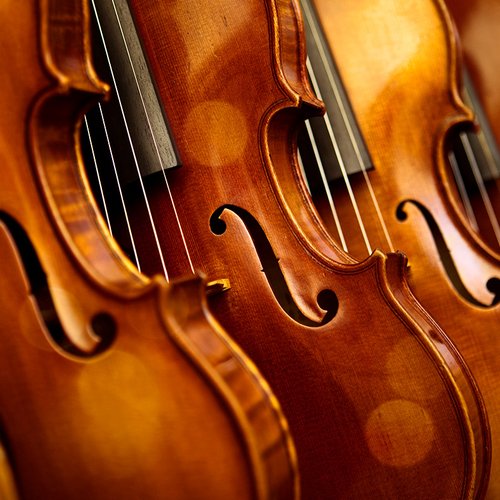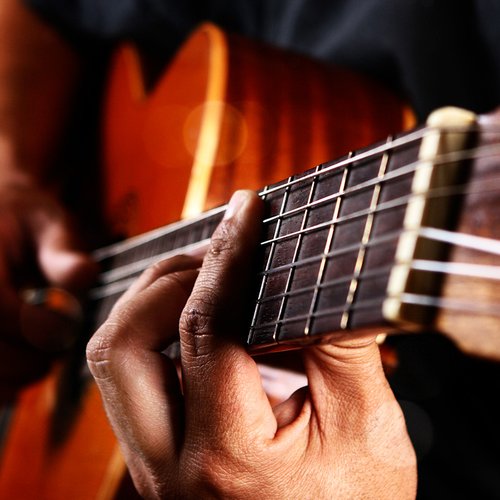What is ‘Chopsticks’ – and why does it have so many variations?
19 March 2021, 10:46

The Celebrated Chop Waltz, by Euphemia Allen
You might know it as one of the following: a 19th-century waltz, a two-handed jazz piano duet – or perhaps a general byword for an easy piece of piano music. But what actually is ‘Chopsticks’, and who wrote it?
In its simplest form, ‘Chopsticks’ is a one octave-spanning, C major ditty that every child learns to play on the piano.
But since its composition in 1877, ‘Chopsticks’ has become so much more than that. Here’s the story behind the waltz.
Who wrote the ‘Chopsticks’ waltz?
Composed in 1877 by Euphemia Allen, The Celebrated Chop Waltz was the 16-year-old British composer’s only published work.
Her brother, a music publisher named Mozart Allen (no, not that Mozart!) helped get the sheet music published under the pseudonym Arthur de Lulli.
Read more: Why do pianos have 88 keys? We explain >

Many copies of ‘Chopsticks’ still credit the music to an ‘A. De Lulli’.
In the original sheet music, Allen includes an unusual instruction: ‘Play both hands turned sideways, little fingers lowest, so that the movement of the hands imitates the chopping from which this waltz gets its name’.
She wanted pianists to play the piece in a chopping motion, as the title suggests – see the movement demonstrated in the video below.

The Celebrated Chop Waltz (played in a chopping motion)
An iconic melody
The ‘Chopsticks’ melody has been used and built on by several artists, from Liberace in his characteristically elaborate ‘Chopsticks’ Variations, to post-punk group The Bolshoi in the coda of their 1986 song ‘Sunday Morning’.
In 2009, songwriter Margo Guryan reimagined the waltz as a Round, an Andante movement and a piece of Ragtime music in her Chopsticks Variations, while the Manfred Mann’s Earth Band used the melody in their 1976 rock track ‘Blinded By the Light’.
There’s even a Christmas version, which follows the same tune with the text ‘Twas the night before Christmas and all through the house…’.
Read more: Cat has a tiny piano which he plays when he’s hungry >
Heart and Soul
Confusingly, the title ‘Chopsticks’ is also sometimes erroneously used to refer to ‘Heart and Soul’ – a jazz song written by Hoagy Carmichael and Frank Loesser in 1938.
Similarly to ‘Chopsticks’, the main melody of ‘Heart and Soul’ is often simplified and taught as an easy two-hand duet to play on the piano.
The ‘A’ section of the song, which is a simple repeating I-vi-IV-V progression, makes for a perfect introductory keyboard piece.

Bea Wain, Larry Clinton - Heart And Soul (1939)
A byword for a simple piano piece
Although it originated as a 19th-century waltz, it seems ‘Chopsticks’ has become so famous that its title has been used to describe any ‘playable’ piano music.
In the 2004 film The Notebook, Rachel McAdams’ character Allie plays the first few bars of Chopin’s Prelude in E minor (Op. 28 No. 4) but refers to the piece as ‘Chopsticks’.

Allie plays Chopstics
It could be that screenwriter Jeremy Leven (also known for writing the screenplays for My Sister’s Keeper and Real Steel) just got the wrong name.
But the reference also says something about the durability of ‘Chopsticks’.
Find the sheet music for ‘Chopsticks’ here.

























